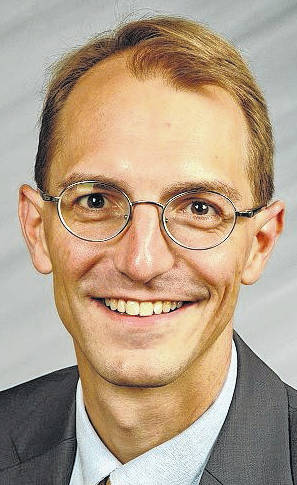
“It doesn’t move me all that much that there’s a history to this if what is going on now is that competitors, as to labor, are combining to fix prices.”
— Justice Elena Kagan
“School are conspiring with competitors- agreeing with competitors- to pay no salaries to the workers who are making the schools billions of dollars.”
— Justice Brett Kavanaugh
It’s become a legal spectator sport in recent years to listen to recordings of Supreme Court arguments (there is no video broadcast of arguments before the nation’s highest court), and try to guess the outcome of the case based upon the questions that the justices ask, and the tenor and tone of their voices. It’s usually not very reliable, but for court watchers, it’s about as much fun as March Madness. Some people even get paid to do it.
Speaking of March Madness, it was quite a bit of fun this year, too. (More so if you’re an Ohio University fan than if you’re an Ohio State fan.) And some people — broadcasters, coaches, referees — even got paid to do it. The group that most people had their eyes on didn’t get paid, though. Those were the players. Certainly, many of them have substantial athletic scholarships, and they had their travel, meals, and hotel rooms paid for, but that’s a tiny fraction of the money involved.
As an example, CBS paid $800 million just for the television rights, and they expected to make back almost $1.2 billion in advertising revenue. Some 50 million people were expected to place bets on the event. When you factor in ticket sales and other income, the annual event can bring the National Collegiate Athletic Association close to one billion dollars in profit. If not for a massive insurance policy, the NCAA’s cancellation of the tournament in 2020 might have bankrupted the organization.
So, it’s not surprising that the players are now asking some serious questions about whether it’s fair that colleges make so much money off of their athletic efforts, when they get only scholarship money in return. And it’s not just basketball. Last February, USAToday reported that Ohio State’s athletic department made more than $200 million in the previous year.
Both the arguments of the student-athletes and the counter arguments of the NCAA were on full display last week before the Supreme Court. The case, titled NCAA vs. Alston, carries the name of West Virginia running back Shawne Alston, one of the original plaintiffs. The NCAA is now listed first (the spot generally reserved for the plaintiff) because it lost in the lower courts and is the appealing party.
The NCAA’s positions include claims that college sports traditionally have amateur status, that players are compensated through scholarships and other benefits, that permitting schools to pay players would have substantial negative consequences, and other arguments relating to the negative impact that could come from treating some students as paid athletes in high-profile sports.
As I noted earlier, trying to read the tea leaves of justices’ questions is a notoriously suspect endeavor. That said, none of the justices, regardless of their philosophical bent, seemed particularly enamored with the NCAA’s position. Seth Waxman, a former U.S. solicitor general who has argued more than 80 cases before the Supreme Court, handled the case for the NCAA and found the court to be particularly “hot.”
Justice Kagan jumped on him early, saying, “You can only ride the history for so long, Mr. Waxman.” Justice Kavanaugh called the NCAA’s arguments, “Entirely circular and somewhat disturbing,” and then added, “Antitrust laws should not be a cover for the exploitation of student-athletes.” Justice Alito said that athletes are, “recruited, they’re used up, and then they’re cast aside.” About the best Waxman got was the Chief Justice comparing the economics of college sports to a game of Jenga.
All of that is fine, but sometimes one side gets completely grilled in oral arguments and still prevails. And in this case, we won’t know until June what the court’s decision is, and may not fully understand its impact on the world of college sports for years or even decades.
In the mean time, the NBA Finals and Stanley Cup will be here before long, and Major League Baseball is now in full swing, so there are plenty of places to get your pro sports fix as well.


